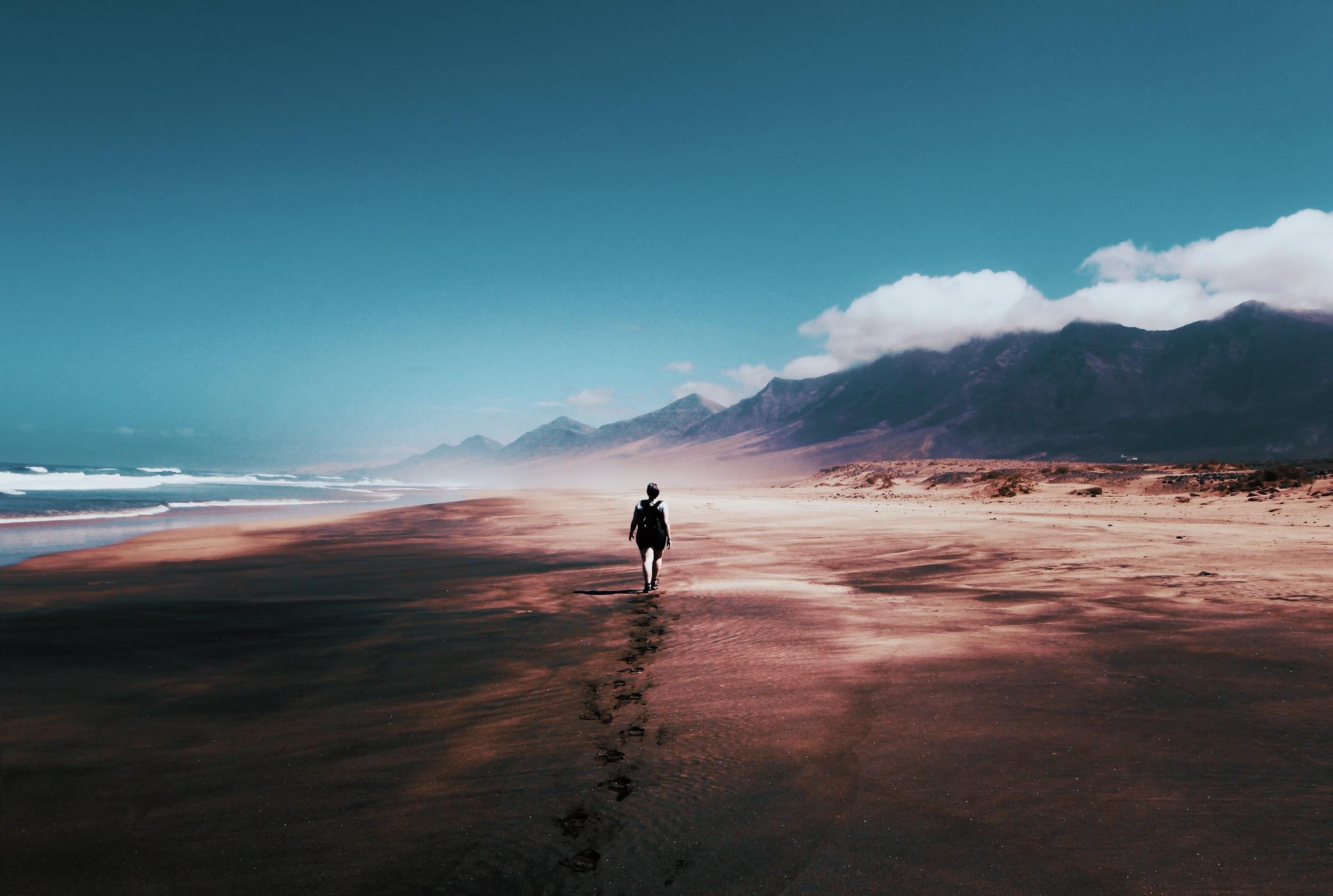
Photo by Tom Swinnen from Pexels
Imagining going on your first hike can be a little intimidating for first-timers. You can listen to your friends, or loved ones share their experiences and the lessons they’ve learned along the way while hiking. That might help you ease up and find some bits of courage to try it finally. But thinking about something and actually doing it are two very different things.
Having an experienced mountaineer to help you learn the ropes of hiking can give you that much-needed confidence boost that every beginner should have. Hiking can be a fun and safe experience when you have someone to guide you through.
Before you take your first step to the wild side, there are a couple of pre-hiking essentials that you need to know. These hiking tips and tricks are very useful for anyone keen on getting their outdoor game on but can’t quite imagine yet what will happen once they’re there.
This is perfect for anyone who’s been wanting to go out there but doesn’t know where to start. Dive into the details on what kind of gear you need to buy and what you can borrow. The small but important stuff like what you need to wear and what you can do without. How to pack your bag to make everything fit and how to not get anything wet. Start with this checklist and feel free to add on to it later on during your succeeding trips to make your experience even better.
To boots or not to boots
Comfort can make the difference between an enjoyable hike and a painful one. The shoes that you wear should have ample ankle support and heavy-duty grip for different types of terrain. They must fit well and feel worn in. New boots or shoes that you haven’t worn in yet might give you blisters after the hike.
Most importantly, your shoes should have enough room for your toes to move inside when hiking downhill. You don’t want to end up with dead toenails at the end of your trip.
If you want to keep it light, a good pair of shoes will do. Hiking shoes with good soles are best for different kinds of conditions. Since it’s your first time and still feeling your way through the mountains, best not to invest in hiking shoes right away—boots or not boots. You’ll do fine with your regular running shoes for the time being.
Tip: Make sure that you cut your toenails before your hike to reduce rubbing through your in-soles and avoid getting cuts.
To shade or not to shade
Expect to be exposed under the sun when hiking. Don’t go out for an extended period without any kind of protection—ever.
Ideally, your hat of choice should provide shade to your entire face and preferably protects your neck too. You can start simply by choosing something that works both for cold and hot climates like ponytail beanie hat or a visor.
The glare of the sun can give you a headache, most especially if there’s a body of water nearby, like the sea, along your chosen hiking trail. Choose sunglasses that have polarised lenses to give you the extra shade you need.
Too long or not too long
For day hikes, a long-sleeved polypropylene shirt is lighter and packs smaller in your bag than bulky cotton-based clothing.
Merino is one of the favored brands for hikers. The material used in their shirts can transition easily from hiking gear to daily wear, which makes them very versatile. But what gives it more bang to your bucks when you buy one is the way it keeps away moisture away from your skin. The fabric can help your heated body breathe well—plus it is odor resistant.
It doesn’t matter if you go for long or the short sleeved shirts they have. Same goes for pants. Both long and short can regulate your body temperature, especially during hot weather. Most, if not all, hikers actually live in the same shirt or pants for days during long treks—even weeks at times.
Tip: Consider fabric weights when buying Merinos or other thermal-based shirts or pants. The rule is that the thicker they come, the warmer they get. Don’t forget to check the labels and remember that 120 gsm fabric weight and below are best for warm conditions while 380 gsm and above grade are for cold conditions. Lastly, note to self—absolutely no denim.
To bring gadgets and not to bring gadgets
Electronics are essential in the mountains as they are in the city. Navigation and safety rely on them. You can bring your phone, camera, or other gadgets that you think you might need during the hike for your own convenience. What you need to be wary of is keeping them dry at all costs.
Days before your scheduled hike, make sure to check the weather and adjust your packing list, if necessary, accordingly. Even when you expect a sunny climate, always water-proof your electronics regardless of conditions, especially your camera or camera phones.
Tip: It’s crucial that you document your first journey to help you plan and prepare better for the next one. Make sure you don’t leave without it.


